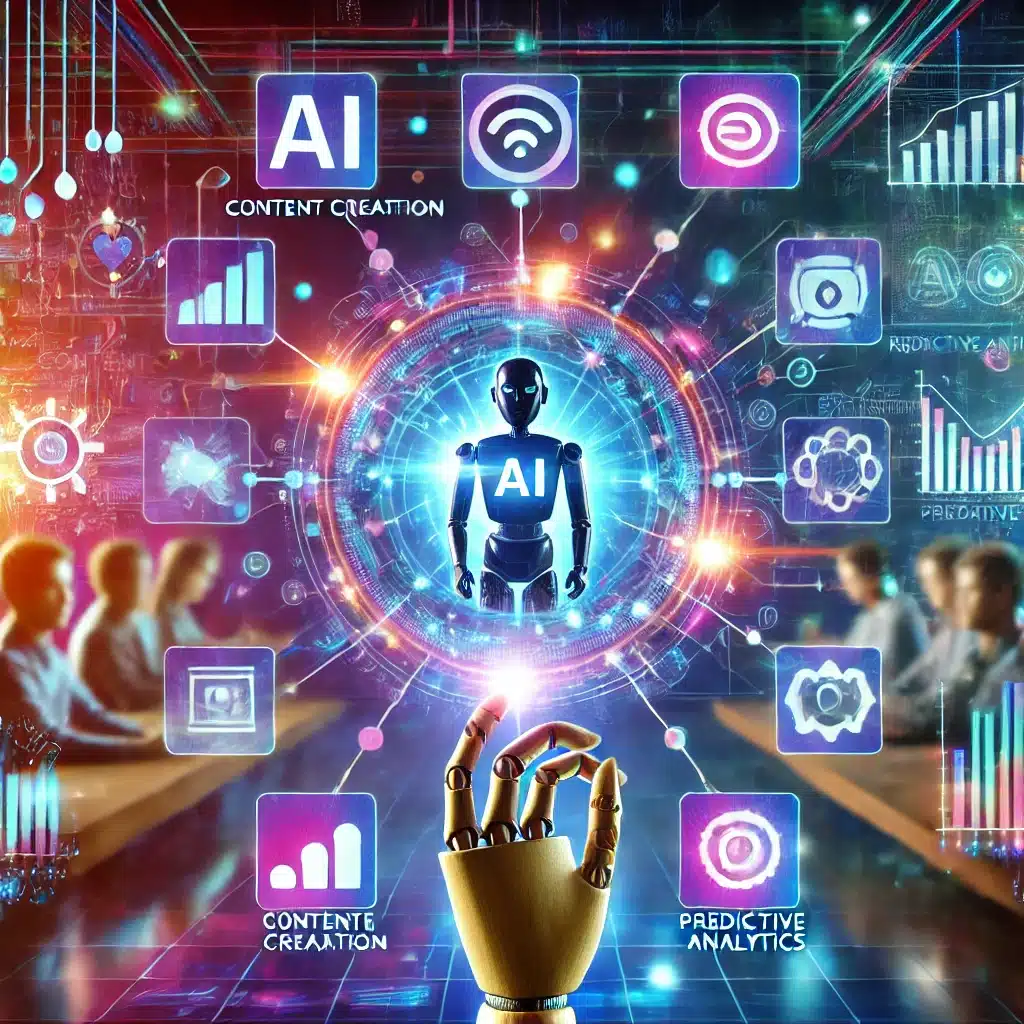Understanding AI Infrastructure Management
AI infrastructure management has become an essential tool for businesses aiming to streamline operations and reduce costs. Given its ability to analyze vast amounts of data rapidly, AI helps identify potential issues before they escalate. This proactive approach significantly contrasts to traditional methods, which often involve routine visits and manual checks. But how exactly does AI achieve this transformation in infrastructure management?
Real-Time Insights and Efficiency
One of the most significant benefits of using AI in infrastructure management is its ability to provide real-time data insights. For example, BrightAI, a company specializing in AI-driven solutions, launched the Stateful OS. This platform enables operators in industries such as energy, water, and transportation to manage maintenance tasks more efficiently. It collects data from over 250,000 AI endpoints to fuel its advanced AI models. Consequently, these models can detect flaws before they become problematic, allowing workers to act swiftly.
Proactive Maintenance and Cost Reductions
The reactive and often inefficient practices of traditional infrastructure maintenance come with heavy costs. Labor and truck rolls often consume a large portion of operations budgets. In contrast, AI infrastructure offers a proactive approach. Stateful OS, for instance, continuously monitors infrastructure conditions 24/7. It provides diagnostics and automated dispatches, offering real-time insights that reduce costly failures.
AI-Powered Field Operations
AI is also transforming how on-site workforces operate. By providing AI-powered field reporting and copilot guidance, systems like Stateful OS enhance inspection accuracy. For instance, Azuria Water Solutions adopted Stateful OS to improve pipeline inspections. Previously, they relied on subjective assessments, which could lead to errors. However, with BrightAI’s AI-driven platform, Azuria can reduce these errors significantly.
Autonomous Systems and Robotic Assistance
Furthermore, BrightAI is advancing toward building autonomous systems for infrastructure operations. These systems leverage multimodal AI sensors, collecting real-time data and processing it through AI platforms. This integration is expected to minimize measurement errors and streamline processes.
The Future of AI in Infrastructure Management
The development of humanoid robots, such as those introduced by XPeng, showcases AI’s ability to innovate. While these robots are primarily used for assembly tasks in electric vehicle manufacturing, AI capabilities continue to evolve. XPeng’s commitment to AI-driven innovation suggests a promising future for AI infrastructure management.
In conclusion, AI infrastructure management offers numerous benefits, from cost reduction to enhanced efficiency. By providing real-time insights and automating complex tasks, AI empowers companies to operate more effectively. As technology continues to advance, businesses should embrace such innovations to stay competitive and secure their infrastructure for the future.



